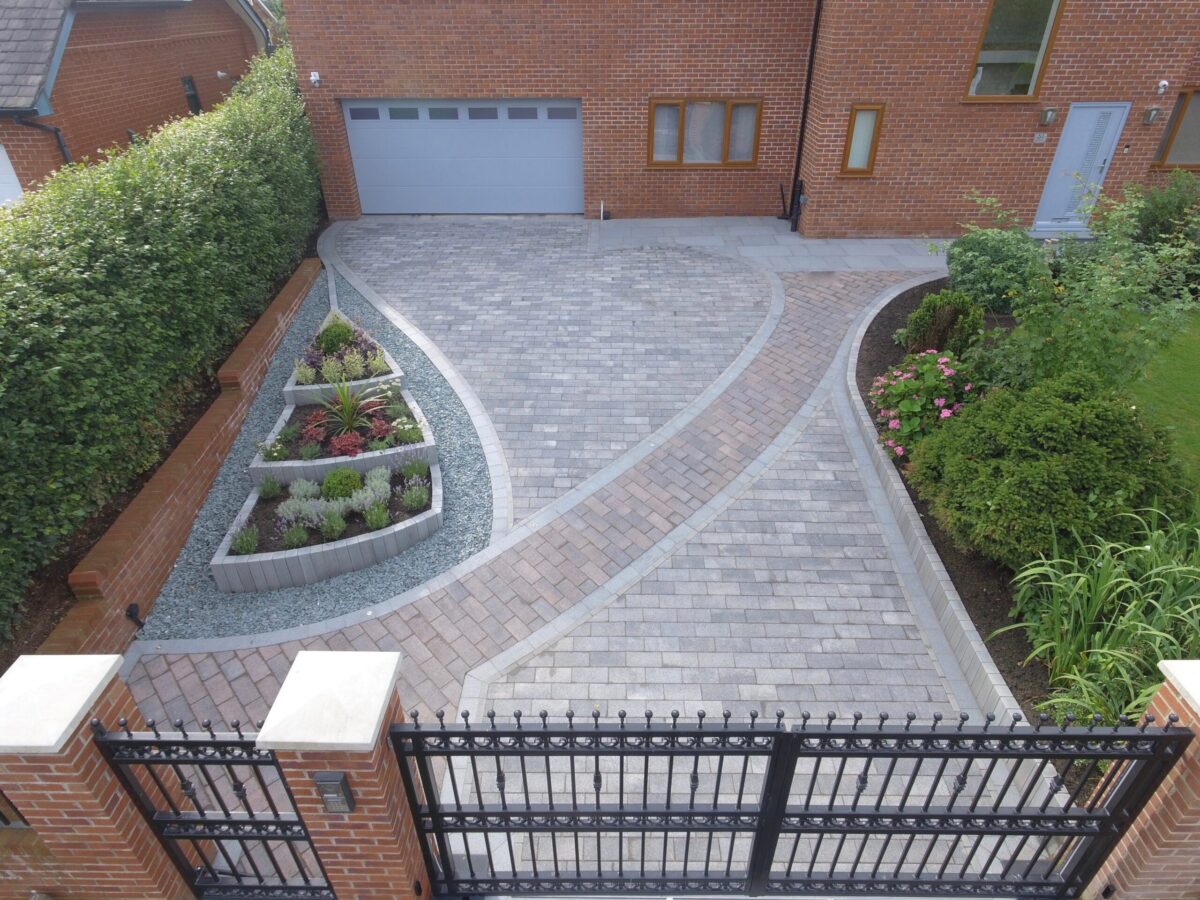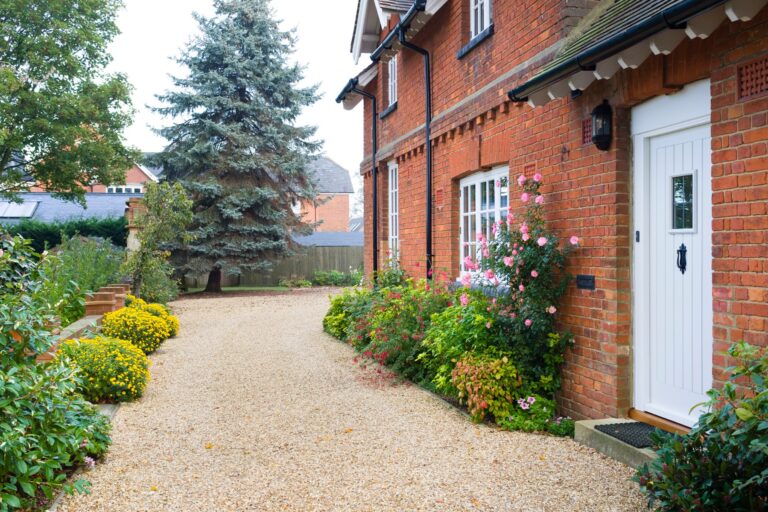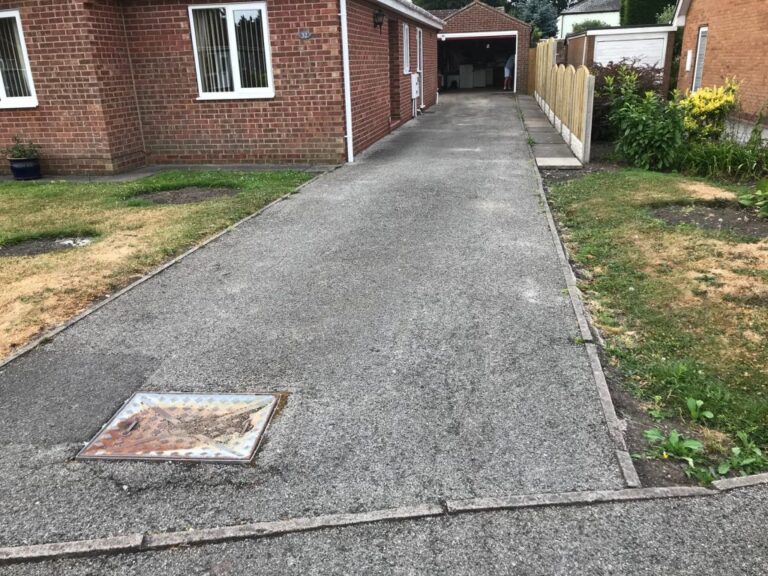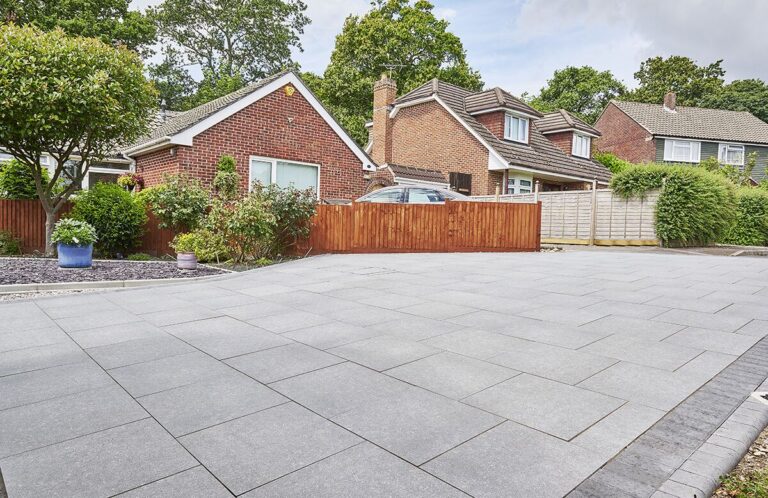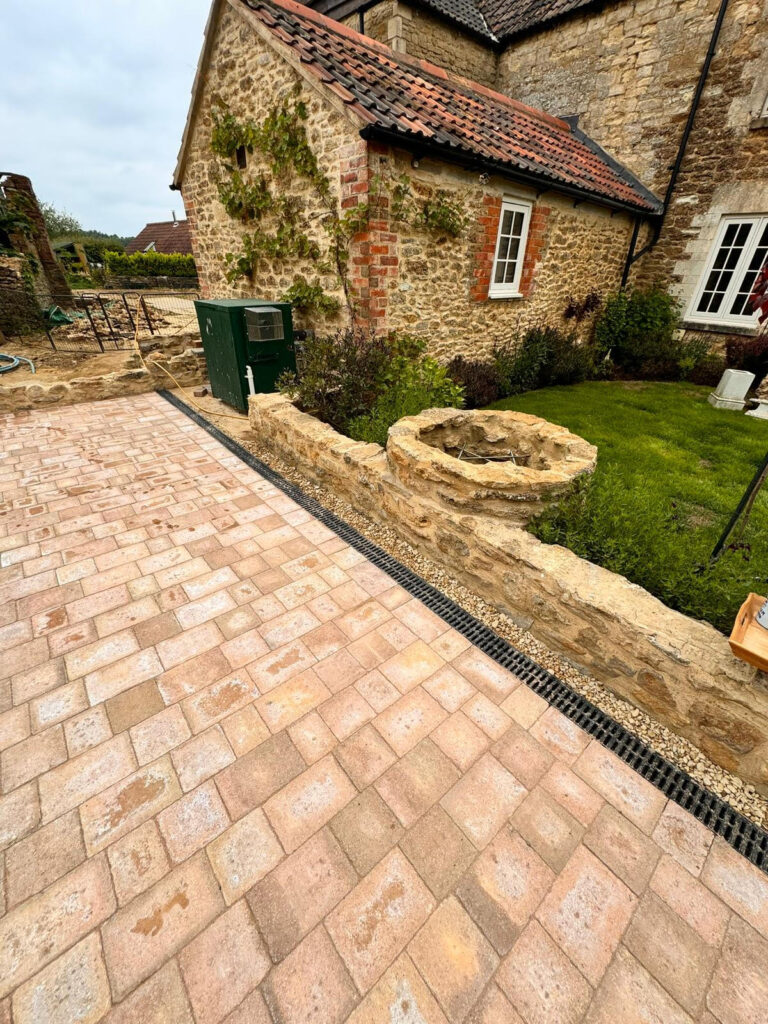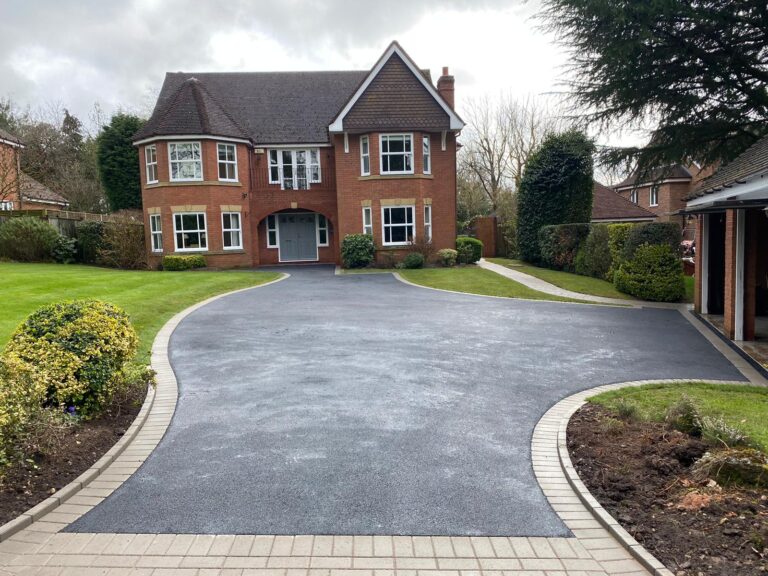Designing a driveway that works for your family can be tricky.
With multiple cars, visitors, and the everyday traffic that comes with a busy household, your driveway must be functional, durable, and convenient.
But it should also complement the aesthetic of your property and suit your personal style.
In this article, we’ll explore key considerations to help you design a driveway that meets your family’s needs while still looking great.
1. Consider the Number of Vehicles
The number of vehicles your family owns is one of the most important factors to consider when planning your driveway. If you have multiple cars or plan to in the future, make sure the driveway is wide enough to accommodate them without blocking the street or other access points. A wider driveway will allow cars to park side by side, while ensuring that each vehicle has enough space to park and exit the driveway comfortably.
What to do:
- Plan for extra width and depth to allow space for multiple vehicles.
- If space is limited, consider a design that allows for stacked parking, where cars can park one behind the other.
2. Think About Visitor Parking
If you regularly have guests over, it’s essential to account for visitor parking. A driveway design that allows for off-road visitor parking will keep your guests from having to park on the street and make your home more welcoming. In tight areas, a separate parking space for guests could also be a great idea.
What to do:
- Include designated visitor parking areas, ideally near the front of your property for ease of access.
- Consider the placement of your driveway in relation to your garage or entrance so visitors can easily park and exit.
3. Plan for Traffic Flow
For larger families or busy households, smooth traffic flow is essential. You don’t want a design that results in bottlenecks or congestion, especially during the mornings when everyone is trying to get out. A driveway that’s too narrow or poorly laid out can cause frustration and delays.
What to do:
- Ensure that there’s ample room for cars to pass, turn, and park without blocking each other.
- Consider a circular or curved driveway design for smoother movement and ease of access.
- Plan for a turning circle if you have a long driveway or if your cars will need to turn around.
4. Include Space for Storage
In many households, additional storage for items like bikes, bins, or outdoor tools is a must. Make sure you leave room for this within your driveway’s design, especially if your garage is already full. A well-thought-out driveway can provide storage space for these essential items without taking up too much of your garden or driveway area.
What to do:
- Incorporate hidden storage options, such as bins tucked along the side of the driveway.
- Consider integrating a designated area for rubbish and recycling bins, keeping them out of sight but accessible.
5. Choose Materials That Suit Your Family’s Needs
The materials you choose for your driveway will play a significant role in its functionality. Different materials offer various benefits depending on the needs of your family. For example, block paving or tarmac is great for durability and ease of maintenance, while gravel is more affordable but may require more upkeep. Permeable materials, like resin-bound gravel, are excellent for drainage, which can be particularly useful if your driveway is prone to puddles or flooding.
What to do:
- Choose materials that suit your budget and family’s usage. For high-traffic areas, consider tarmac or block paving for durability.
- For a more eco-friendly option, consider permeable paving or gravel to manage rainwater runoff.
6. Think About Safety
When designing your driveway, it’s important to prioritise safety. Sharp corners, tight turns, or uneven surfaces can create hazards, particularly for young children, pets, or elderly family members. Ensuring your driveway is smooth and free of obstacles can prevent accidents and provide peace of mind.
What to do:
- Avoid sharp angles or turns and opt for smoother designs.
- Use non-slip materials and make sure the driveway is level, especially in wet conditions.
When planning a driveway that works for your family, think about practical aspects like vehicle accommodation, traffic flow, and safety.
Consider your home’s style and your budget, but don’t forget to plan for future needs as well.
With the right design, your driveway can meet your family’s demands for years to come while enhancing the overall look and functionality of your property.

